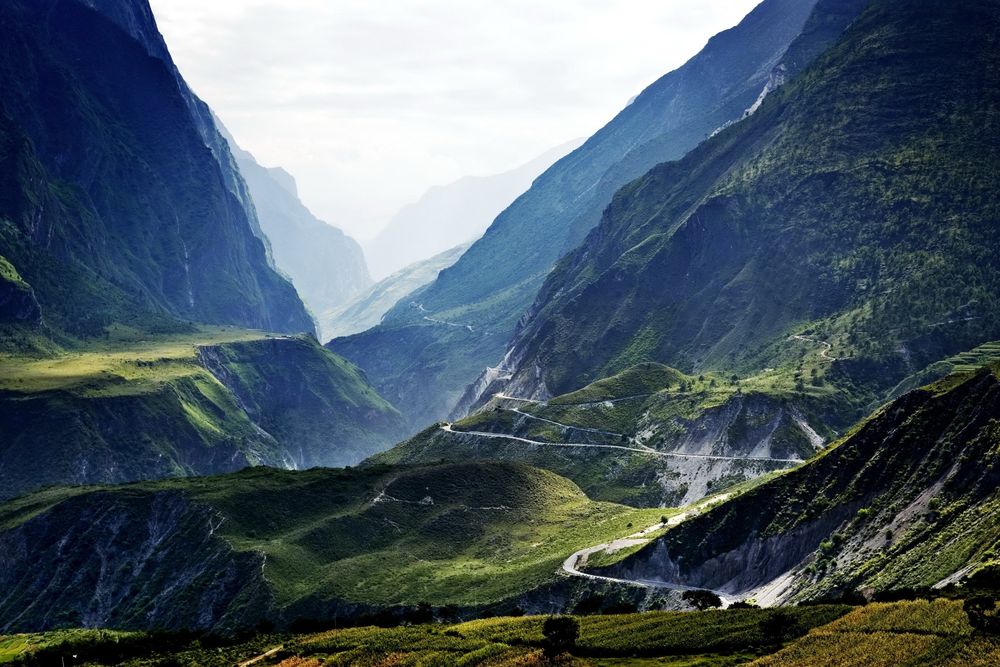Most travelers rush through Taiyuan, rushing to Pingyao. Meanwhile, in the capital of Shanxi, you can stay for a day or two for the sake of the beautiful provincial museum and several noteworthy temples, pagodas and historical buildings.
Attractions
Shanxi Provincial Museum
The first-class museum tells about the history and culture of Shanxi, without missing a single interesting detail – be it fossils or features of the local opera and architecture. The exposition is located in a three-storey building, the exhibits are expertly presented and provided with explanations in English. From the railway station you can take bus number b : get off at the Yifenqiao stop (Yifen Qiaoxi) across the river and walk, focusing on the inverted pyramid.
Shuantasy And Yongzos Monasteries
A pair of slender pagodas rises in the southwestern part of Taiyuan, on the southern bank of the Naninahe River. Apart from them, there is little left of the monasteries, but the silhouettes of the towers, the surrounding greenery and the quiet ringing of bells in the wind awaken romantic feelings. Xuanwent Pagoda was built by the Ming Emperor Wanli. You can go through all its 13 tiers. The neighboring tower was built in the same era, but is closed to the public. You can get from the train station by bus number 820 or 812.
Chunshansy Monastery
In hot summer, a pleasant coolness reigns under the double roof of the main prayer hall — take advantage of it and slowly study the statues of the three bodhisattvas: Samantabhadra. Guan yin and Manjushri. The far hall is closed for a long restoration. The entrance to the monastery is located in the depths of the alley that departs from Dilyangongtse Street, behind the local Confucius Temple; admission is free; ©9.00-1.00, except Monday), turned into a museum of the great philosopher.
Surroundings of Taiyuan
Jinzi Temple
The main treasure of this vast temple complex is the Temple of the Holy Mother, built of wood without a single nail in 984 and rebuilt in 1102. The first row of columns is entwined with eight carved dragons. In the prayer hall, 42 terracotta maids stood respectfully, accompanying the mother of King Shuya, the founder of the ancient state of Jin, in the afterlife wanderings. The Zhou cypress, whose trunk is inclined to the ground at an angle of 30°, has been growing near the temple for 900 years. Buses No. 804 and 308 can be reached from the railway station to the temple.
THE ANCIENT CITY OF YUTSY
The favorite film set of Chinese cinematographers has miraculously survived since the Ming Dynasty. In the ancient city of Yutsy. You can wander through the streets and gardens for free, but you will need a ticket to see 400 preserved temples, official offices and living quarters. The oldest building in the city is the impressive temple of the Supreme Deity; Huang Miao), built in 1362. Bus No. 901 departs to Yuqi from the railway station.
THE ESTATE OF THE QIAO FAMILY
Completely devoid of vegetation, but no less beautiful merchant manor was built in the era of Qi n. It consists of six courtyards and more than 300 rooms. Zhang Yimou shot his second film “Light the Red Lantern” here. You can get here by bus from Tai to Pingyao or by bus from Jiannan Bus Station to Qixian.
